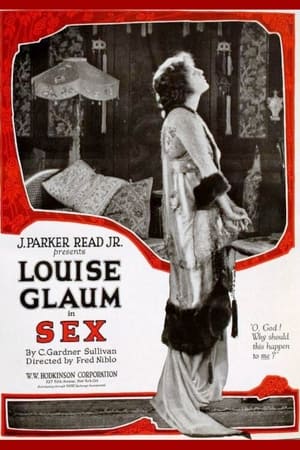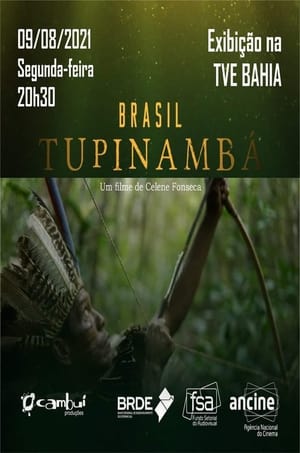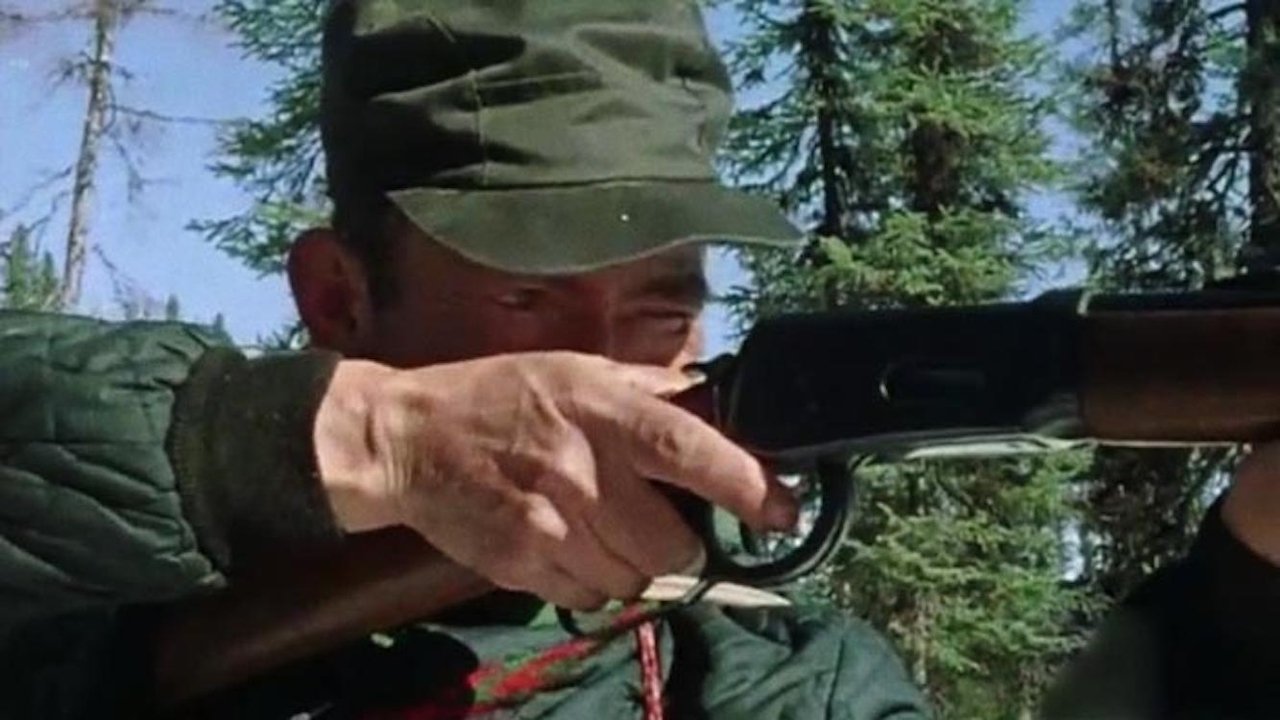
Cree Hunters of Mistassini(1974)
An NFB crew filmed a group of three families, Cree hunters from Mistassini. Since times predating agriculture, this First Nations people have gone to the bush of the James Bay and Ungava Bay area to hunt. We see the building of the winter camp, the hunting and the rhythms of Cree family life.

Movie: Cree Hunters of Mistassini
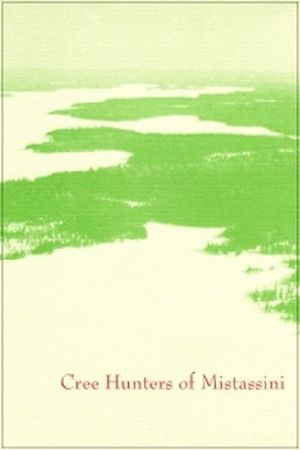
Cree Hunters of Mistassini
HomePage
Overview
An NFB crew filmed a group of three families, Cree hunters from Mistassini. Since times predating agriculture, this First Nations people have gone to the bush of the James Bay and Ungava Bay area to hunt. We see the building of the winter camp, the hunting and the rhythms of Cree family life.
Release Date
1974-01-01
Average
7
Rating:
3.5 startsTagline
Genres
Languages:
EnglishKeywords
Recommendations Movies
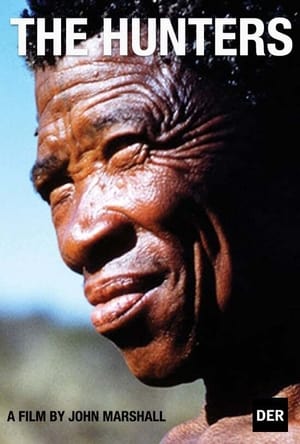 6.1
6.1The Hunters(en)
An ethnographic film that documents the efforts of four !Kung men (also known as Ju/'hoansi or Bushmen) to hunt a giraffe in the Kalahari Desert of Namibia. The footage was shot by John Marshall during a Smithsonian-Harvard Peabody sponsored expedition in 1952–53. In addition to the giraffe hunt, the film shows other aspects of !Kung life at that time, including family relationships, socializing and storytelling, and the hard work of gathering plant foods and hunting for small game.
 4.8
4.8Hello! Project DVD Magazine Vol.3(ja)
Various introductions corners, card games, quizes, 'Making Of', and concert 'Backstage Footage'.
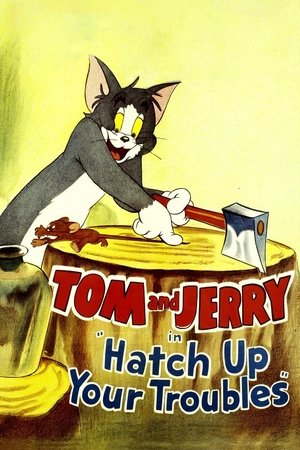 6.9
6.9Hatch Up Your Troubles(en)
A baby woodpecker mistakes Jerry for his mother. The mouse rejects the newly hatched bird but soon finds himself protecting it against his feline nemesis, Tom.
 4.1
4.1Lizard Woman(th)
A group of geologists is attacked by gecko fiends that possess them, transforming them into zombies. Kwan travels there to give lectures and is possessed by the evil gecko spirit, However, her skeptical boyfriend doctor doesn't understand what's happening to her.
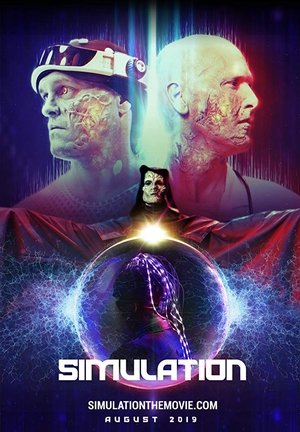 7.0
7.0Simulation(en)
An advanced alien civilization builds a simulated reality where infinite beings, including humans, are imprisoned.
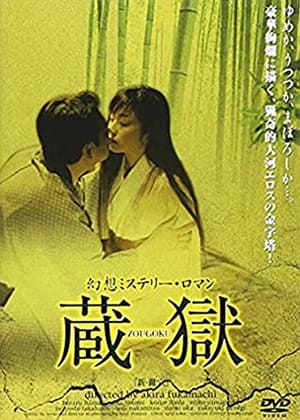 4.7
4.7The Secret in the Attic(ja)
A beautiful woman marries a wealthy man, who for years chose to be a bachelor inspite of numerous female suitors. At first the marriage is perfect; he’s a loving husband and an enthusiastic lover. But soon the romance cools and the wife discovers that it has to do with a secret kept in the attic, something – or someone – he visits every night, that is changing him from a loving husband into a stranger… Akira Fukamachi directs this erotic and atmospheric drama.
 6.0
6.0Lacrimosa(ro)
After Robert is murdered under mysterious circumstances, his friends are forced to face the truth and their past.
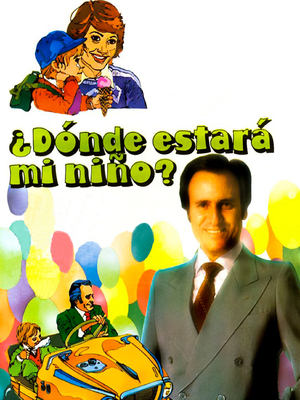 5.1
5.1¿Dónde estará mi niño?(es)
Manolo is a famous singer who has a brief affair with Diana, a beautiful hitchhiker. Diana becomes pregnant and gives birth to a child, Lito, the Manolo ignores their existence. Seven years later, Diana wants her son Manolo meet and therefore decided to look for him. However, when he is suffering a great disappointment because Manolo does not remember her. One person who remembers the father Manolo, who follows that Lito is his grandson and both plan unite Manolo and Diana.
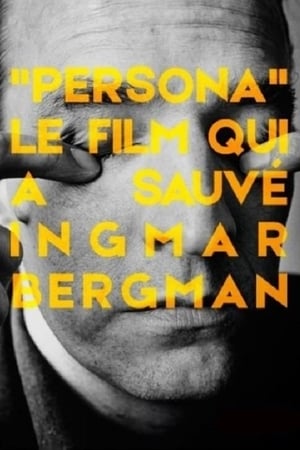 8.0
8.0Persona: The Film That Saved Ingmar Bergman(fr)
In 1965 Ingmar Bergman filmed “Persona”, the cult film that brought together all of the Swedish filmmaker’s obsessions and became a turning point in his career.
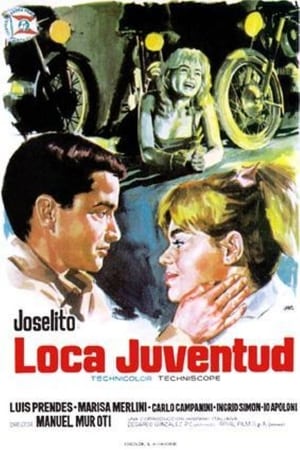 5.3
5.3Loca juventud(es)
Johnny Durán, who is seventeen years old and son of a multimillionaire, arrives to Madrid for hollidays. In the capital he become friend of a group of boys and girls with whom he shares great moments; but soon he realice that they are a clan of thugs and decides to distance themselves. He also meets Paula, daugther of an italian family that is travelling, and they both feel atracted by each other. Since then, started happening a serie of unexpected events which the guy will have to solve with tenacity and responsibility.
 8.8
8.8Journey to Duilia's Breasts(pt)
A retired civil servant decides to return to his hometown to reencounter his first and only love.
 3.0
3.0The Great Circus Catastrophe(da)
Of the films that Psilander made at Nordisk during the first two years it is the film Dødsspring til Hest fra Cirkuskuplen (The Great Circus Catastrophe), that is worth noting. Maybe not so much for Psilander's acting, but for the sensational, action-packed storylines that he was in. This film shows the other side of Psilander's fame: his daring. He was an excellent rider and looked fantastic in long riding boots and elegant riding jackets and this skill was exploited in his films.
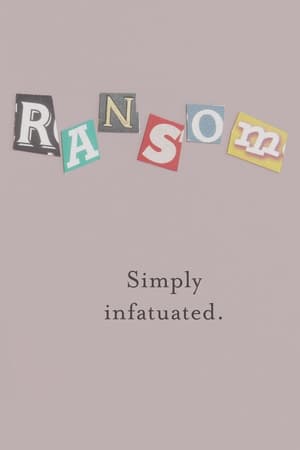 10.0
10.0Ransom(en)
After receiving a mysterious note, Charlotte Blaine builds an unlikely friendship that slowly unravels, revealing something far more sinister.
Whiskey School(en)
Leopold De Angeli is a talented playwright, but like many scribes he fancies the drink a little too much. In the hopes of saving Leopold's life, his theater friends come together to stage an intervention for him.
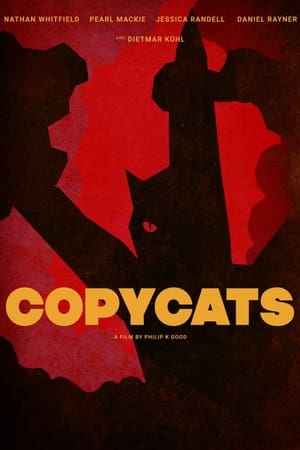 8.0
8.0Copycats(en)
An absurd black comedy unbelievably based on a true story of Victorian occult murder with a hint of spiritualism.
Similar Movies
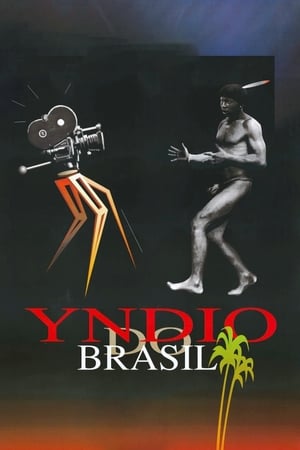 5.5
5.5Our Indians(pt)
Yndio do Brasil is a collage of hundreds of Brazilian films and films from other countries - features, newsreels and documentaries - that show how the film industry has seen and heard Brazilian indigenous peoples since they were filmed in 1912 for the first time: idealised and prejudiced, religious and militaristic, cruel and magic.
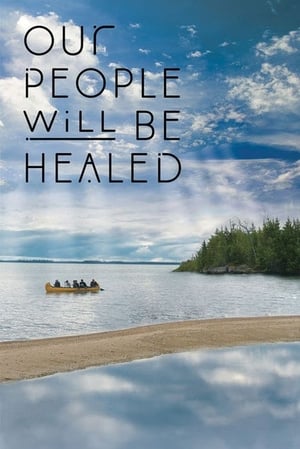 5.7
5.7Our People Will Be Healed(en)
Legendary documentary filmmaker Alanis Obomsawin provides a glimpse of what action-driven decolonization looks like in Norway House, one of Manitoba's largest First Nation communities.
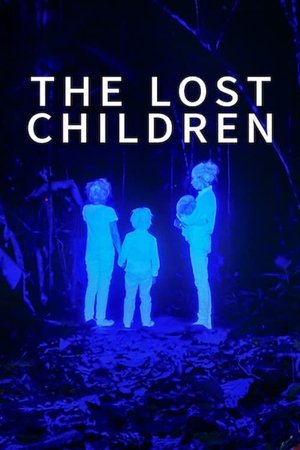 7.4
7.4The Lost Children(es)
After a plane crash, four indigenous children fight to survive in the Colombian Amazon using ancestral wisdom as an unprecedented rescue mission unfolds.
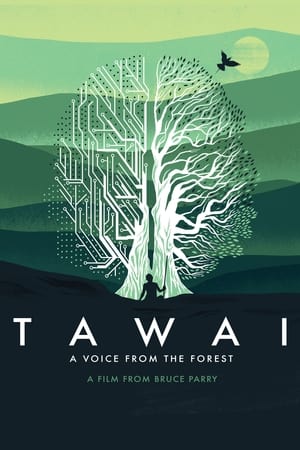 6.2
6.2Tawai: A Voice from the Forest(en)
Explorer Bruce Parry visits nomadic tribes in Borneo and the Amazon in hope to better understand humanity's changing relationship with the world around us.
These Are My People...(en)
This documentary short is the first film made by an all-Aboriginal film crew, training under the NFB's Challenge for Change Program. It was shot at Akwesasne (St. Regis Reserve). Two spokesmen explain historical and other aspects of Longhouse religion, culture, and government and reflect on the impact of the white man's arrival on the Indian way of life.
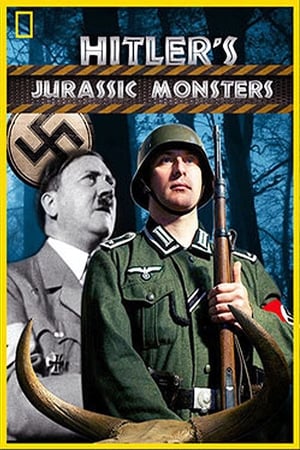 4.8
4.8Hitler's Jurassic Monsters(en)
This is the untold story of a Nazi vision, that went far beyond the military conquest of European countries. As part of their crazed dream to create a thousand-year Reich they developed detailed blueprints for Aryan settlements and vast hunting parks for ‘Aryan’ animals. Goering and Himmler employed Germany’s best scientists to launch a hugely ambitious programme of genetic manipulation to change the course of nature itself, both in the wild and for domestic use. In a fascinating blend of politics and biology, Hitler's Jurassic Monsters is the true and asthonishing story of how the Nazis tried to take control of nature and change the course of evolution.
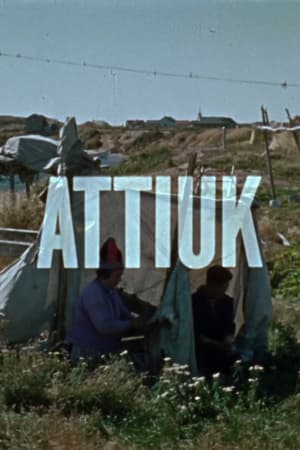 0.0
0.0Attiuk(fr)
The people of Unamenshipu (La Romaine), an Innu community in the Côte-Nord region of Quebec, are seen but not heard in this richly detailed documentary about the rituals surrounding an Innu caribou hunt. Released in 1960, it’s one of 13 titles in Au Pays de Neufve-France, a series of poetic documentary shorts about life along the St. Lawrence River. Off-camera narration, written by Pierre Perrault, frames the Innu participants through an ethnographic lens. Co-directed by René Bonnière and Perrault, a founding figure of Quebec’s direct cinema movement.
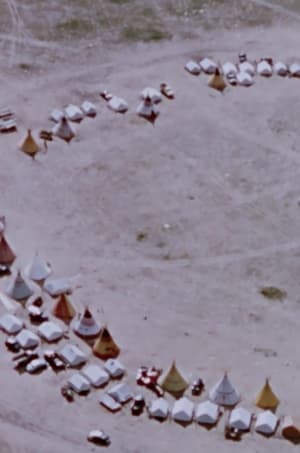 0.0
0.0Kainai(en)
On the Kainai (Blood) First Nations Reserve, near Cardston, Alberta, a hopeful new development in Indigenous enterprise. Once rulers of the western plains, the Bloods live on a 1 300-square-kilometer reserve. Many have lacked gainful employment and now pin their hopes on a pre-fab factory they have built. Will the production line and work and wages fit into their cultural pattern of life? The film shows how it is working and what the owners themselves say about their venture.
 8.5
8.5You Are on Indian Land(en)
The territory of Akwesasne straddles the Canada-U.S. border. When Canadian authorities prohibited the duty-free cross-border passage of personal purchases - a right established by the Jay Treaty of 1794 - Kanien'kéhaka protesters blocked the international bridge between Ontario and New York State.
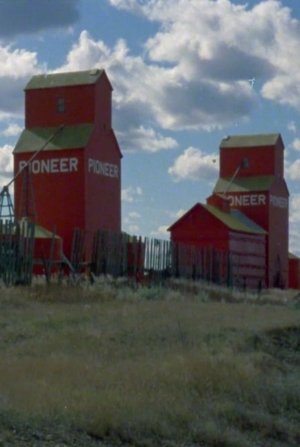 0.0
0.0Wood Mountain Poems(en)
In this short documentary, Canadian poet Andrew Suknaski introduces us to Wood Mountain, the south central Saskatchewan village he calls home. In between musings on his poetry, which is tinged with nostalgia and the vast loneliness of the plains, the poet discusses the area’s multicultural background and Native heritage, as well as the customs and stories of these various ethnic groups.
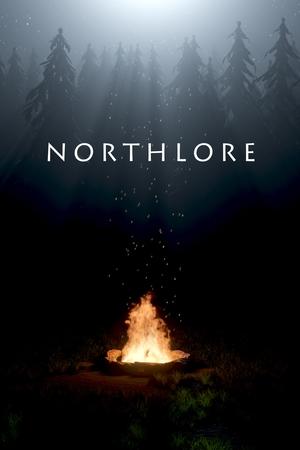 6.0
6.0Northlore(en)
Weaving animation and live action, Northlore delves into the transformational stories of people living in Canada’s North and their deep connection to the land and its wildlife.
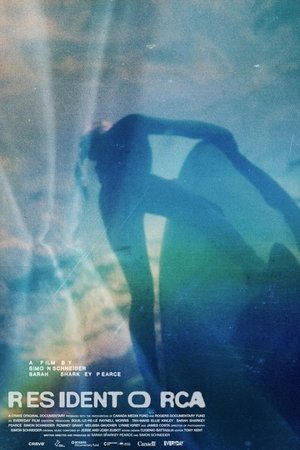 0.0
0.0Resident Orca(en)
Resident Orca tells the unfolding story of a captive whale’s fight for survival and freedom. After decades of failed attempts to bring her home, an unlikely partnership between Indigenous matriarchs, a billionaire philanthropist, killer whale experts, and the aquarium’s new owner take on the impossible task of freeing Lolita, captured 53 years ago as a baby, only to spend the rest of her life performing in the smallest killer whale tank in North America. When Lolita falls ill under troubling circumstances, her advocates are faced with a painful question: is it too late to save her?
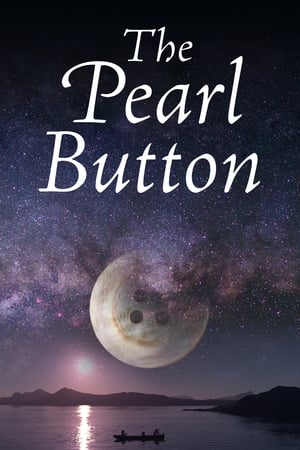 6.9
6.9The Pearl Button(es)
The ocean contains the history of all humanity. The sea holds all the voices of the earth and those that come from outer space. Water receives impetus from the stars and transmits it to living creatures. Water, the longest border in Chile, also holds the secret of two mysterious buttons which were found on its ocean floor. Chile, with its 2,670 miles of coastline and the largest archipelago in the world, presents a supernatural landscape. In it are volcanoes, mountains and glaciers. In it are the voices of the Patagonian Indigenous people, the first English sailors and also those of its political prisoners. Some say that water has memory. This film shows that it also has a voice.
 5.9
5.9Eami(es)
Eami means ‘forest’ in Ayoreo. It also means ‘world’. The story happens in the Paraguayan Chaco, the territory with the highest deforestation rate in the world. 25,000 hectares of forest are being deforested a month in this territory which would mean an average of 841 hectares a day or 35 hectares per hour. The forest barely lives and this only due to a reserve that the Totobiegosode people achieved in a legal manner. They call Chaidi this place which means ancestral land or the place where we always lived and it is part of the "Ayoreo Totobiegosode Natural and Cultural Heritage". Before this, they had to live through the traumatic situation of leaving the territory behind and surviving a war. It is the story of the Ayoreo Totobiegosode people, told from the point of view of Asoja, a bird-god with the ability to bring an omniscient- temporal gaze, who becomes the narrator of this story developed in a crossing between documentary and fiction.
Lion Hunting(da)
Two big game hunters are on safari in the jungle with their African guide. They observe zebras, ostrich and a hippopotamus, and catch a small monkey for a pet. During the night they are awakened by a lion which kills a small goat and then the hunters' horse. The hunters shoot the lion as it stands by the water on a beach. They discover another lion and shoot it also. The lions are gutted and skinned. The happy hunters sit and smoke cigarettes afterward.
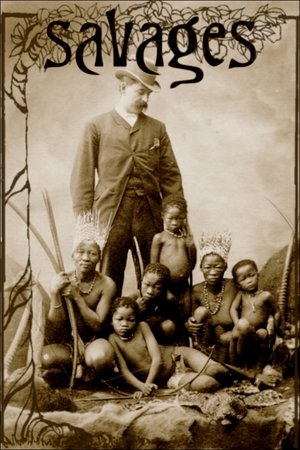 7.8
7.8Savages: The Story of Human Zoos(fr)
For more than a century the great colonial powers put human beings, taken by force from their native lands, on show as entertainment, just like animals in zoos; a shameful, outrageous and savage treatment of people who were considered subhuman.
Giraffe Dance / !Gwa Dance(en)
Men and women of the !Kung people in Ojokhoe, Namibia perform healing dances by firelight. First we see men perform the giraffe dance, and then women perform the !gwa dance.
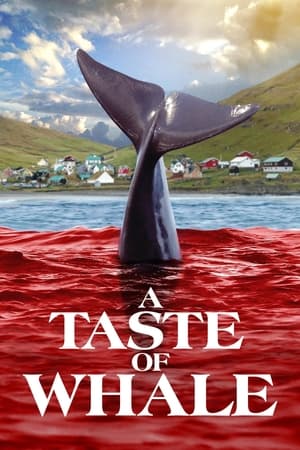 9.0
9.0A Taste of Whale(en)
In the Faroe Islands, hundreds of pilot whales are slaughtered each year in a hunt known as the “Grind.” This gruesome tradition has drawn outrage from activists, most notably the international conservation group Sea Shepherd, who routinely sail to the islands to try to block whaling boats. Yet the Faroese are equally determined to maintain their tradition, defending the practice as more sustainable and less cruel than getting meat from slaughterhouses. Director Vincent Kelner spends time with both Faroese hunters and Sea Shepherd crusaders, building to a nuanced look at a disturbing event with much larger implications for the way humans relate to other creatures.
Wild Boar Hunt(en)
This short film showcases the skills of Howard Hill, known as the "World's Greatest Archer".
